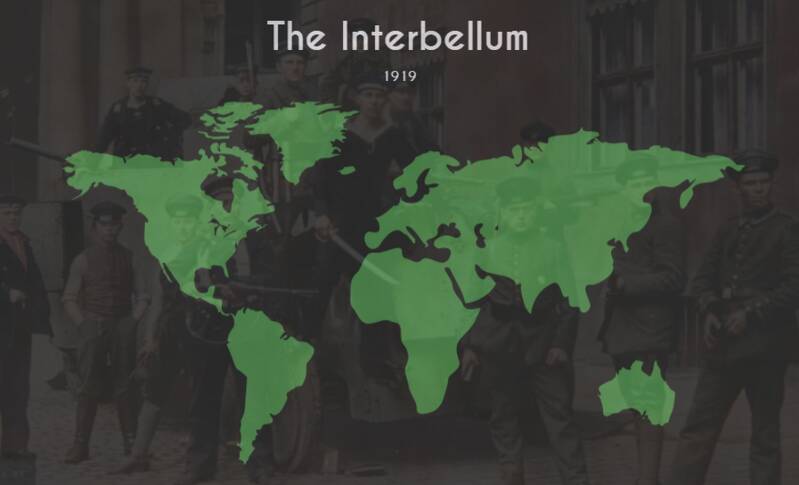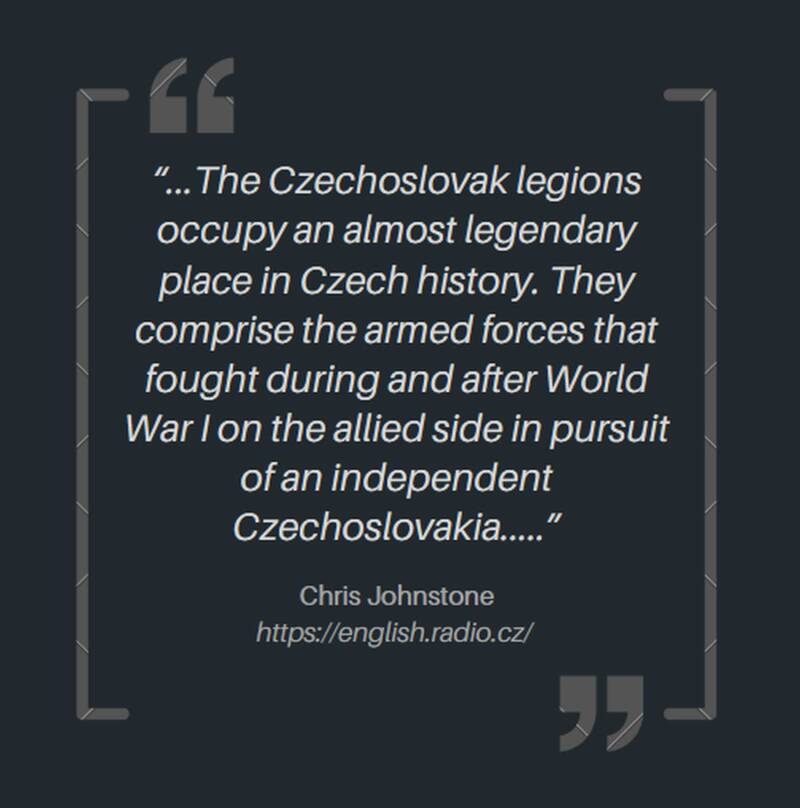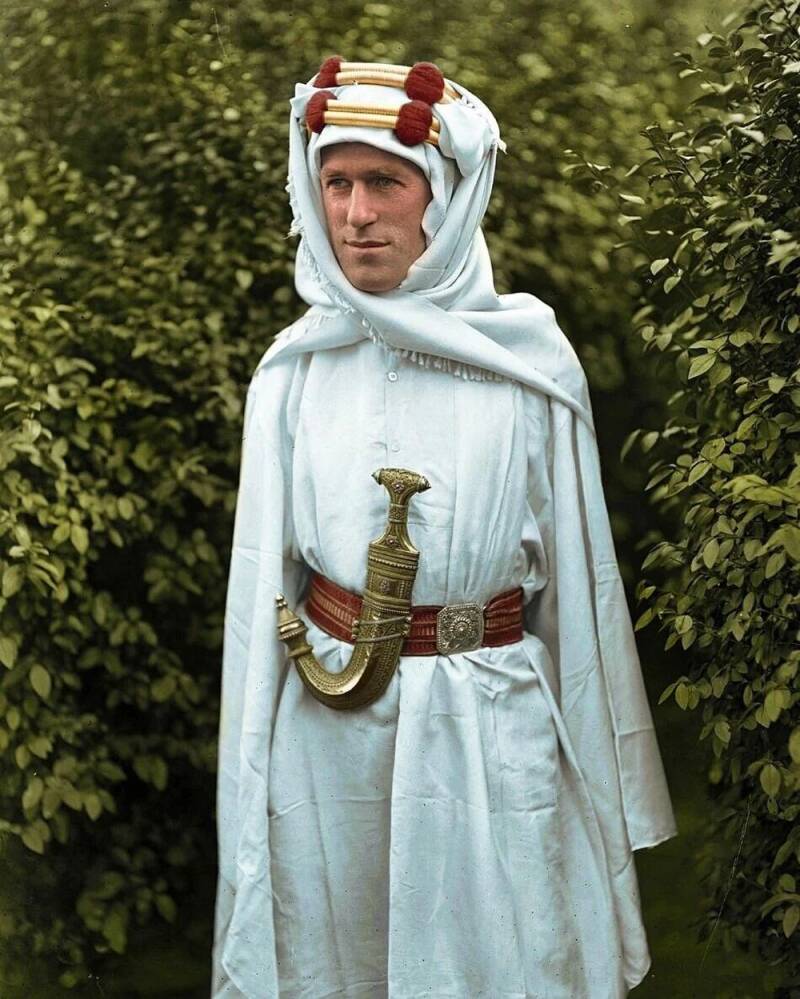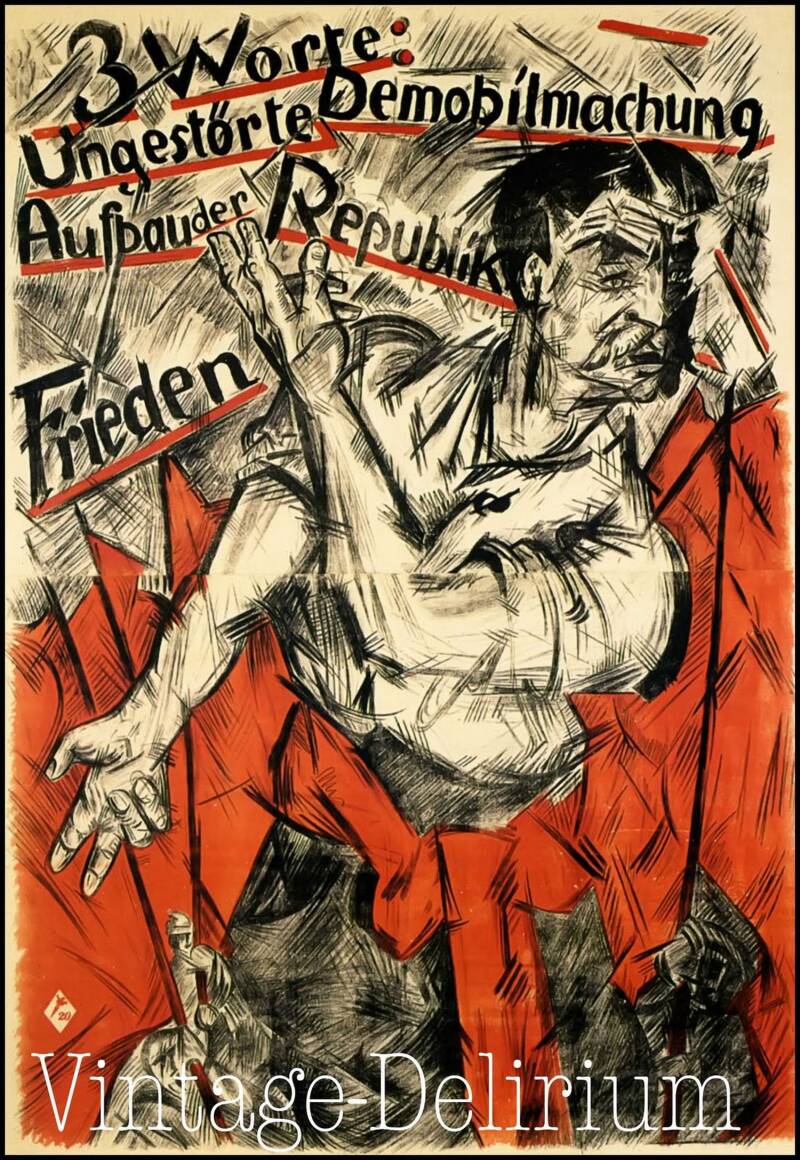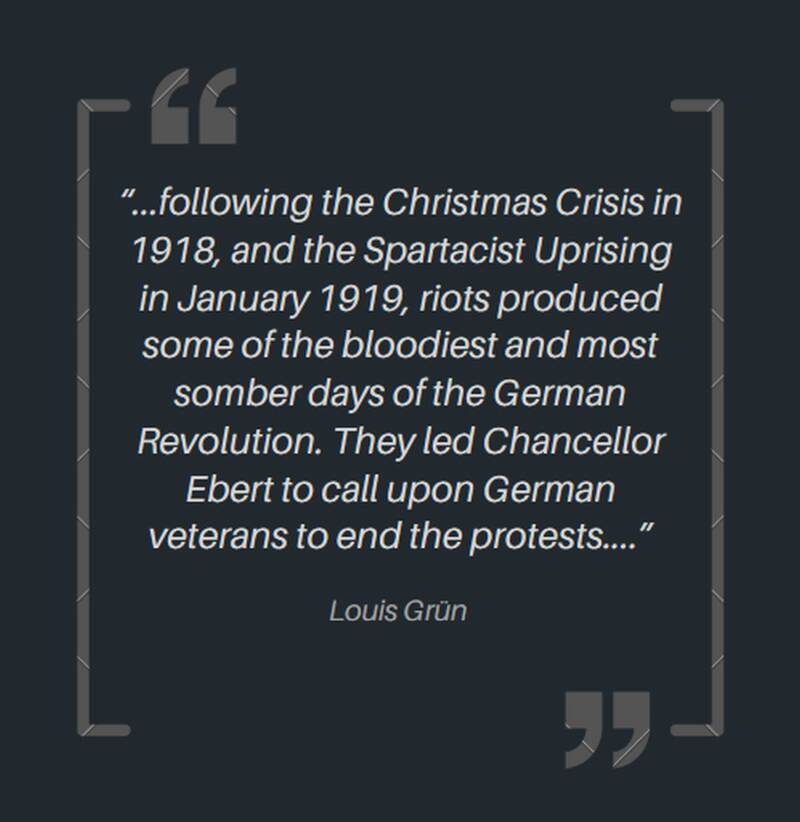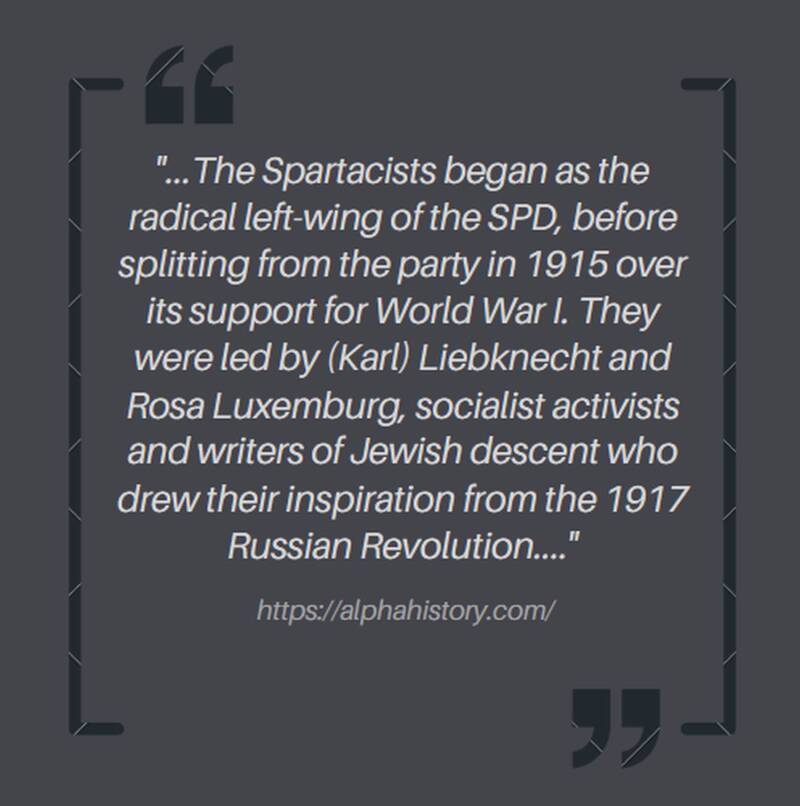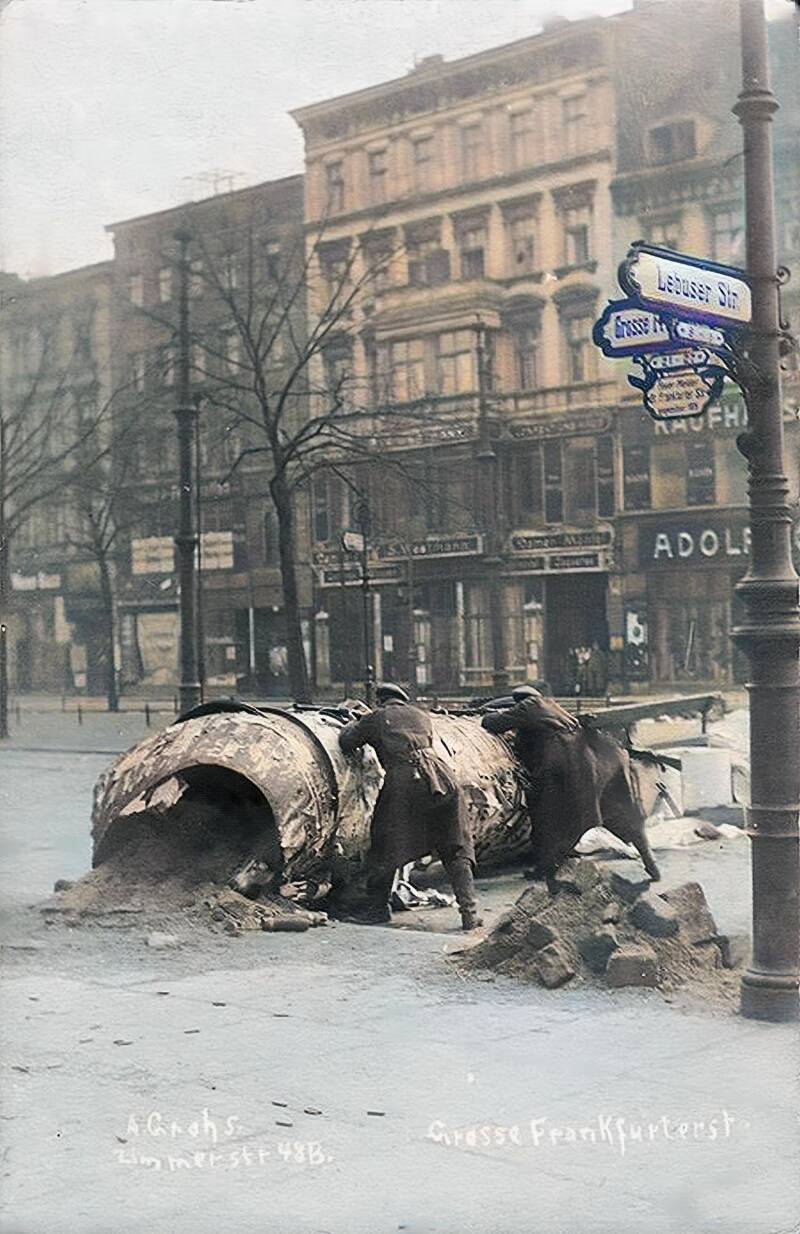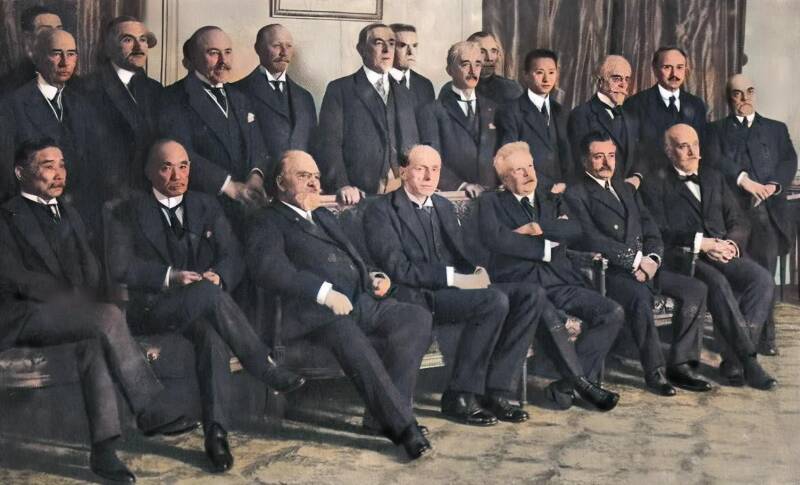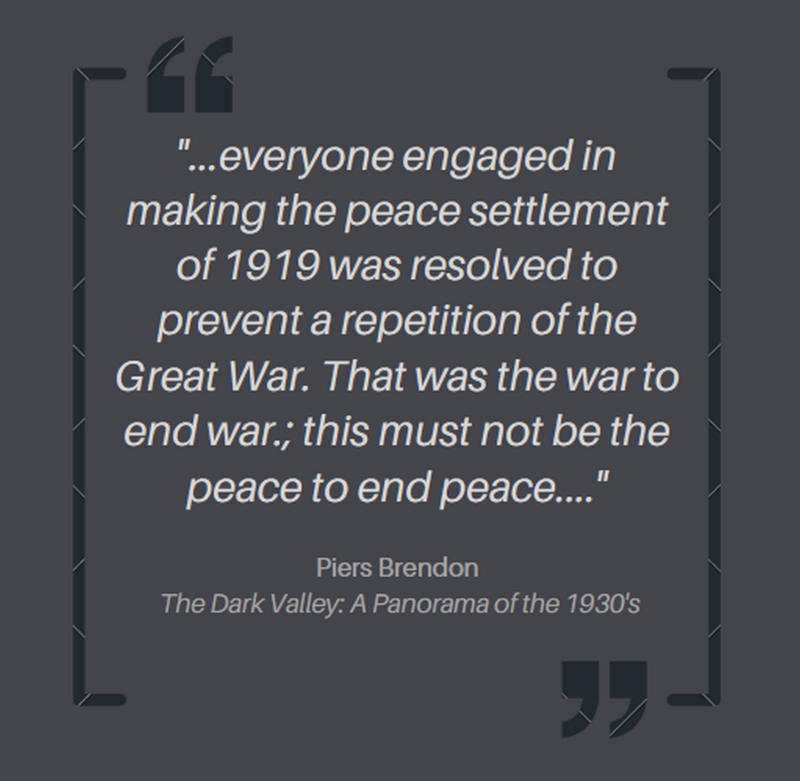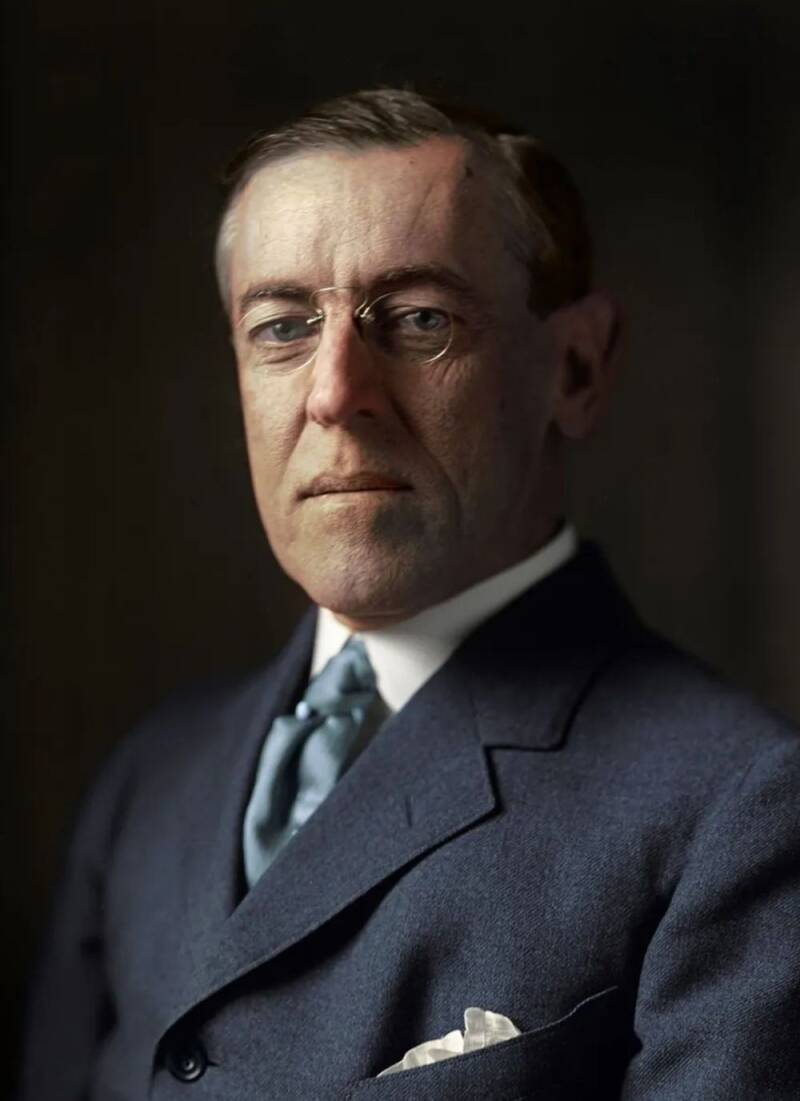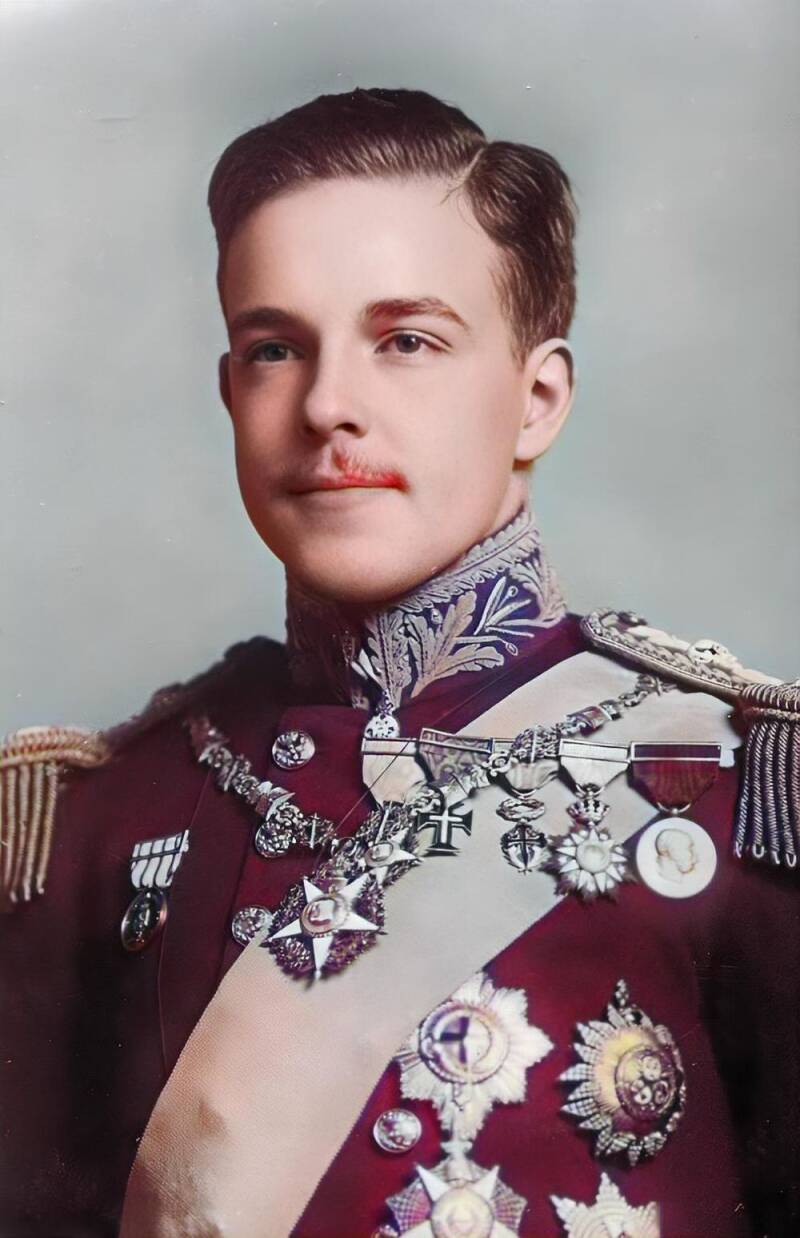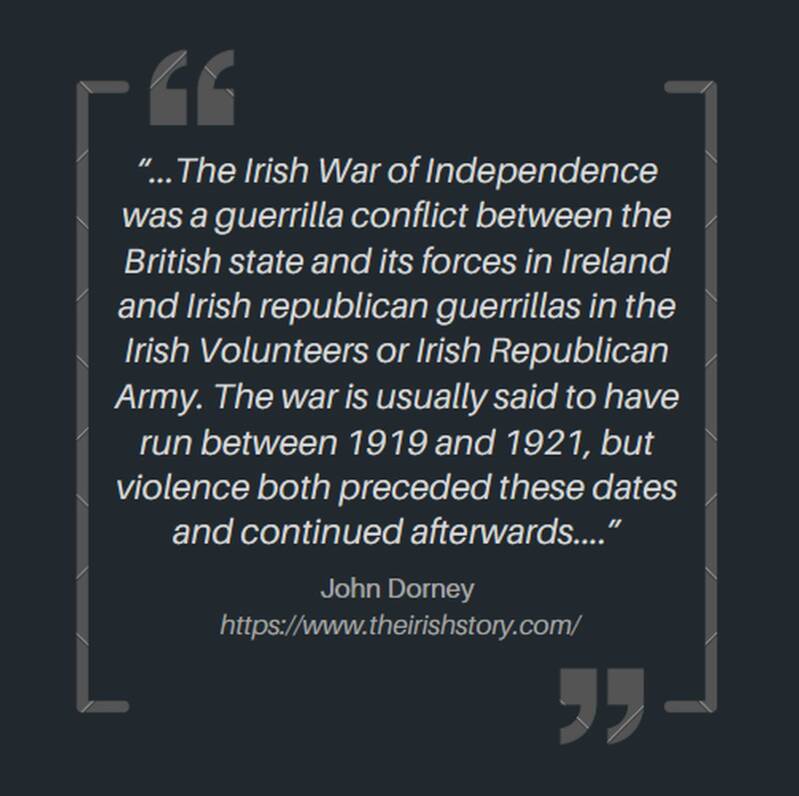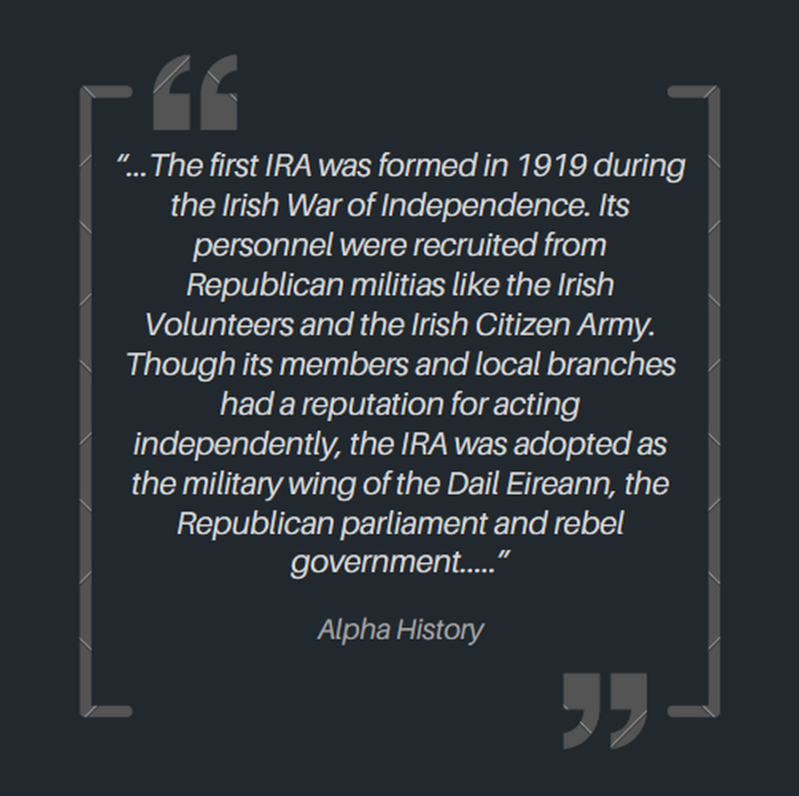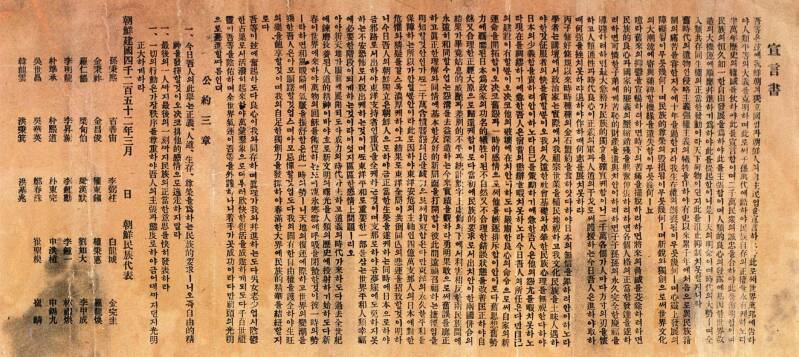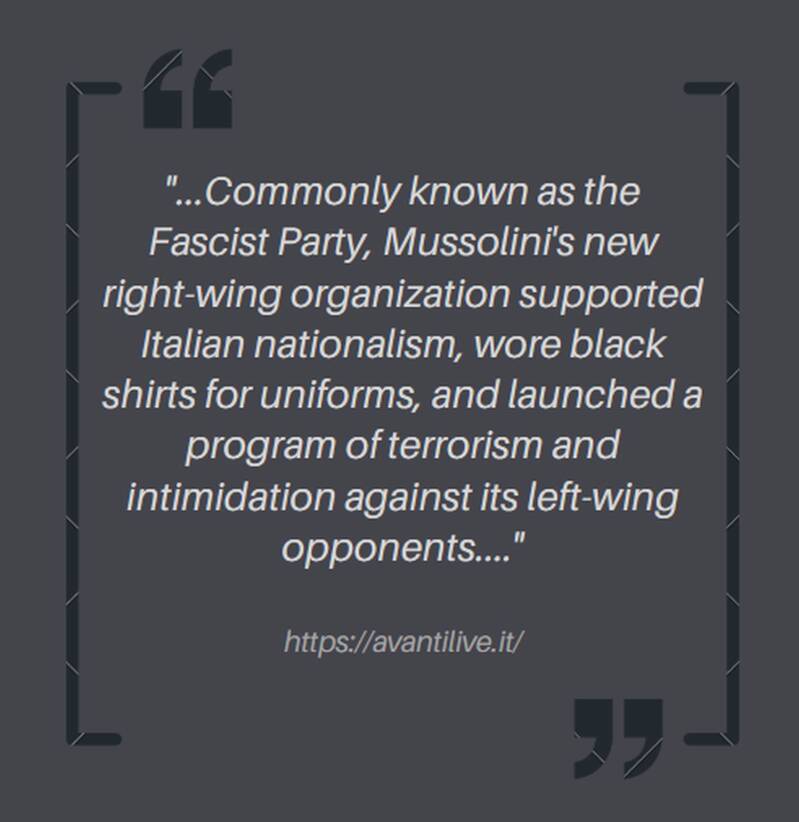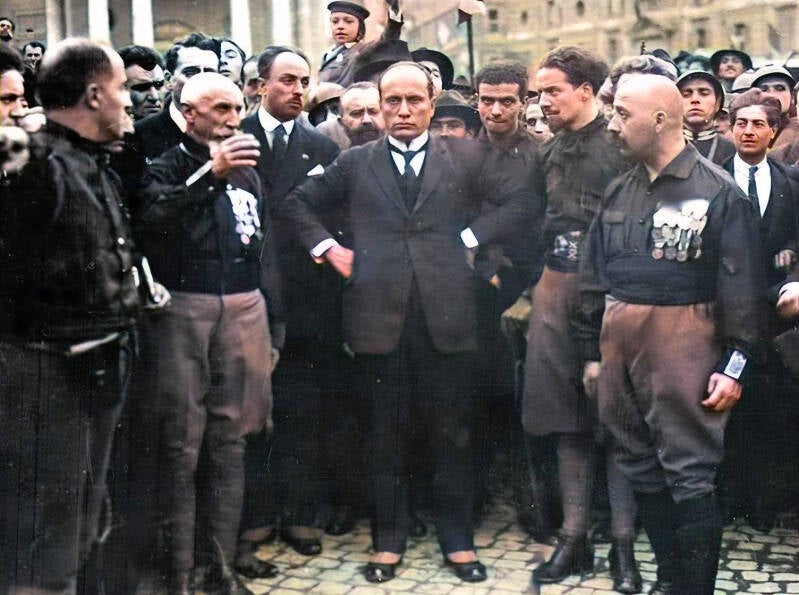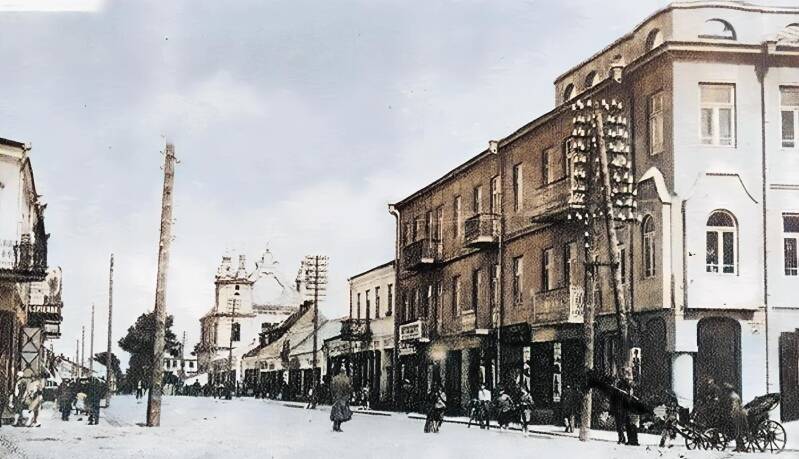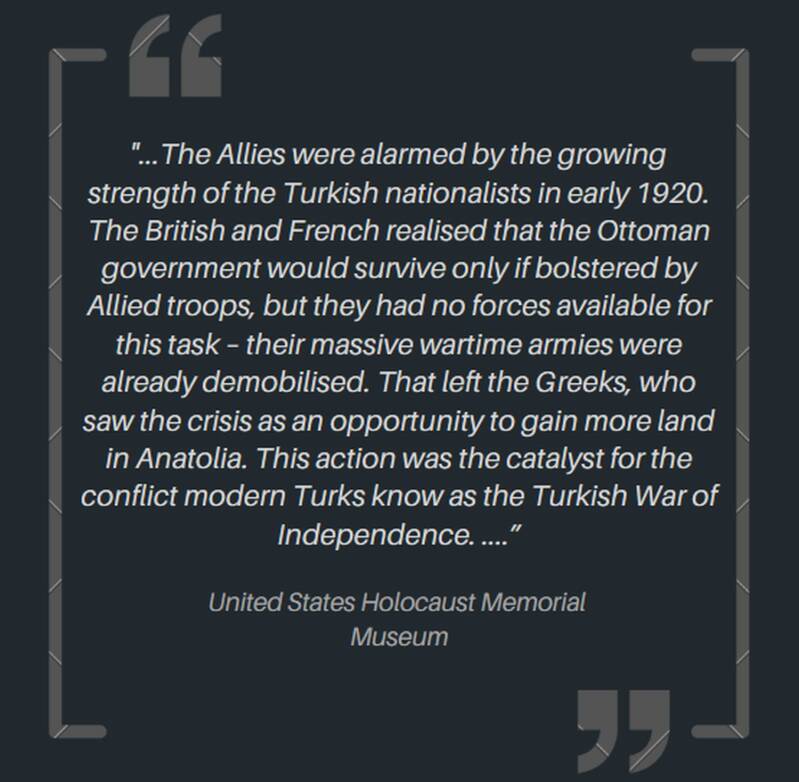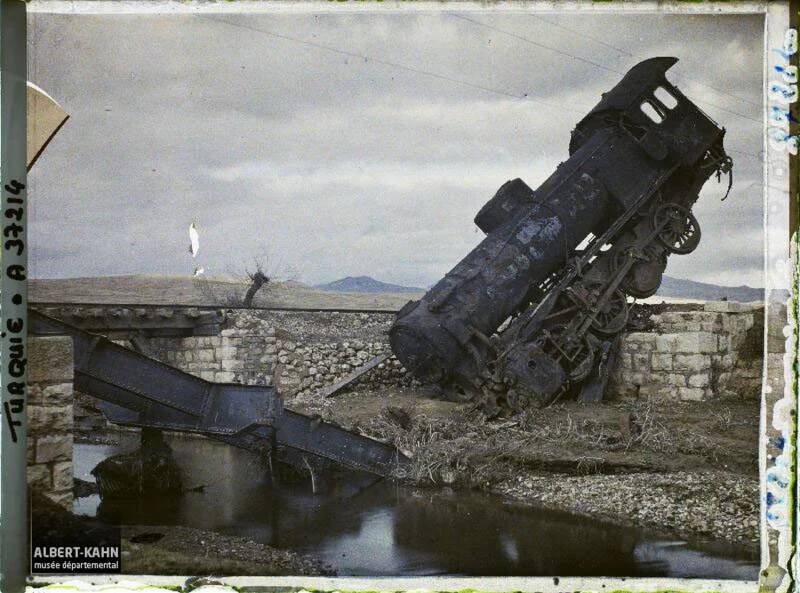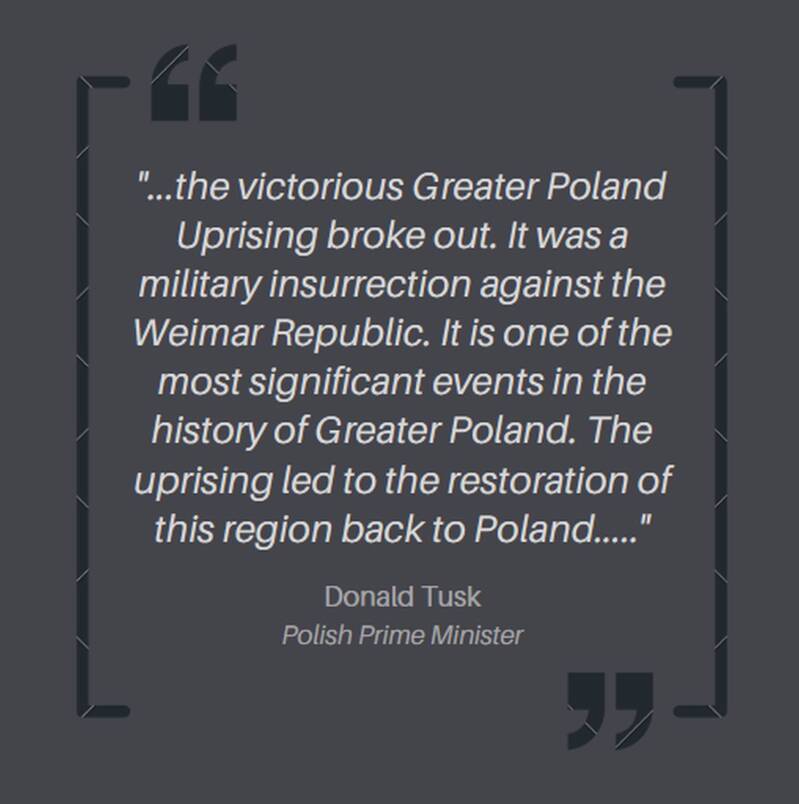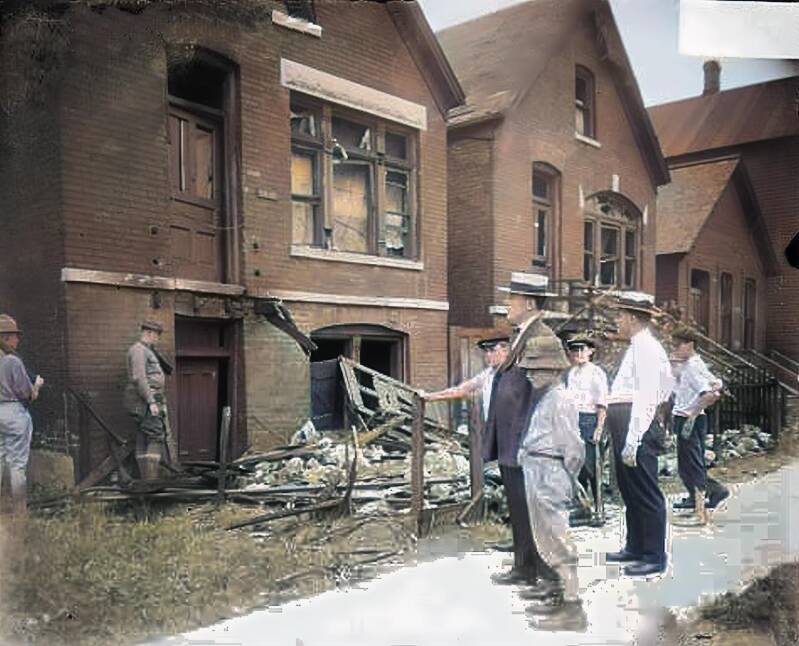Wars, uprisings, revolution and a peace conference
The world struggles to find its feet
The year 1919 was a watershed moment in global history, encapsulating a period of profound political, social, and economic upheaval. The world was reeling from the devastating impacts of the First World War, which had reshaped national boundaries and left millions dead or wounded. The Treaty of Versailles, signed in June, aimed to establish lasting peace but instead imposed harsh reparations on Germany, setting the stage for future conflicts.
Politically, the year saw the rise of new ideologies, with the Russian Revolution inspiring communist movements across Europe, leading to significant unrest and the formation of short-lived socialist governments, notably in Hungary and Bavaria. This period also marked the beginning of the Red Scare in the United States, where fear of Bolshevism led to widespread crackdowns on perceived radicals.
Socially, 1919 was a time of transformative change. The women's suffrage movement made significant strides, with countries like the United States and the United Kingdom moving towards granting women the right to vote. The year also witnessed labor strikes and demands for better working conditions, reflecting the widespread desire for social justice and economic equality.
Economically, nations faced the daunting task of rebuilding their war-ravaged economies amidst inflation, unemployment, and social unrest. Despite the turmoil, 1919 was imbued with a sense of hope and determination as people around the world aspired to create a more equitable and peaceful future.

The occupation of Pressburg, 1st January 1919
On New Years Day 1919, with the first day of the year barely a few hours old the Czechoslovak Legions took control of a substantial portion of the self-declared "free city" of Pressburg, which is known today as Bratislava.
This action solidified its integration into the newly formed First Czech Republic which had only come into existence the year before, springing up from the ashes of now dissolved Austro-Hungarian Empire.
The Czech Legion, a force composed of Czech and Slovak volunteers fighting during the First World War, played a pivotal role in occupying the self-proclaimed "free city" of Pressburg (now Bratislava) and integrating it into Czechoslovakia.
The Faisal–Weizmann agreement, signed on the 3rd January 1919
by Emir Faisal of the Kingdom of Hejaz and Chaim Weizmann of the Zionist Organization, marked a significant diplomatic milestone.
Signed just before the Paris Peace Conference, it aimed to showcase Arab support for Zionist plans in Palestine.
Despite being presented in English, which Faisal couldn't read, T.E. Lawrence explained its contents, and Faisal signed it, albeit with a caveat, indicating conditional approval.
This agreement, alongside a letter by Lawrence to a Zionist leader, was submitted to the Paris Peace Conference, albeit without Faisal's caveat.
T.E. Lawrence, the famous 'Lawrence of Arabia' photographed in 1917. Lawrence played a key role in the Faisal-Weizmann agreement.
T.E. Lawrence, aka Lawrence of Arabia, ca. 1917. : r/Colorization (reddit.com)
Spartacist Uprising, 5th –12th January 1919
The German Revolution, spanning from October 1918 to August 1919, was a pivotal period marked by widespread social upheaval and political transformation in the aftermath of the First World War.
Triggered by Germany's military defeat and the abdication of Kaiser Wilhelm II, revolutionary fervor swept across the country, leading to the establishment of the Weimar Republic, Germany's first experiment with democracy.
Amidst the chaos of post-war Germany, various political factions vied for power, ranging from leftist socialist groups to right-wing nationalist movements.
The revolution witnessed a wave of strikes, protests, and uprisings, as ordinary Germans clamored for political change and economic stability.
Despite the hopes initially associated with the Weimar Republic, its early years were marred by challenges, including economic turmoil, political unrest, and the rise of extremist ideologies, setting the stage for the tumultuous events that would follow in the interwar period..
Leading up to the elections, German streets flooded with political posters, marking a new trend in political propaganda that would sustain itself for years to come. This one was designed by H. Richter, in 1920. The text reads: "3 Words: Undisturbed demobilization, construction of the republic, peace."
...a defining moment in the early stages of the Weimar Republic...
Amidst the chaos of the German Revolution, various socialist and communist factions vied for power, culminating in the short-lived Bavarian Soviet Republic and the Spartacist Uprising in Berlin.
The Spartacist Uprising, occurring in January 1919, was a defining moment in the early stages of the Weimar Republic, marking a fierce clash between revolutionary left-wing forces and the newly formed government.
Germans stand guard with an armored car in front of the Chancellor’s Palace in Berlin during the German Revolution 13th May, 1919. The German Revolution marked a tumultuous period of political upheaval and social unrest following World War I. Sparked by discontent with the monarchy's handling of the war and exacerbated by economic hardship, it culminated in the abdication of Kaiser Wilhelm II and the establishment of the Weimar Republic.
...mass strikes and armed rebellion....
The uprising was led by the Spartacus League, a radical socialist group primarily composed of members of the Social Democratic Party (SPD) who opposed the party's moderate leadership.
Inspired by the Bolshevik Revolution in Russia, the Spartacists sought to establish a socialist state in Germany through mass strikes and armed rebellion.
The uprising began in Berlin, where thousands of workers and soldiers rallied under the leadership of Rosa Luxemburg and Karl Liebknecht, prominent figures in the German socialist movement.
...hundreds of casualties on both sides...
January 1919: A barricade in Berlin during the Spartacists Uprising
They demanded an end to the war, the establishment of workers' councils, and the transfer of power from the SPD-led government to the revolutionary proletariat.
The government, led by the SPD and supported by the Freikorps, a right-wing paramilitary group, swiftly moved to crush the uprising. Violent street battles ensued, resulting in hundreds of casualties on both sides.
Despite initial gains, the Spartacist forces were outnumbered and outgunned, leading to their defeat within a matter of days.
The suppression of the Spartacist Uprising dealt a significant blow to the revolutionary left in Germany and solidified the dominance of the moderate Social Democratic government.
However, the uprising left a lasting legacy, inspiring future leftist movements and serving as a stark reminder of the deep divisions within German society in the tumultuous aftermath of the First World War.
The Khotyn Uprising, 7th January - 1st February 1919
The Khotyn Uprising marked a Ukrainian-led revolt in the recently annexed Bessarabia region by Romania. Centered in present-day Khotyn, Ukraine, it involved armed locals, Cossack deserters, Moldovans, and support from Bolsheviks and White Russians.
The uprising, part of the Ukrainian War of Independence, aimed to change the region's status, but faced division and eventual suppression by the Romanian Army.
The intervention led to significant casualties and expulsions.

Ukrainian protest in Kyiv, summer of 1917. Sign says “Long live a free Ukraine.” The Khotyn Uprising, was a Ukrainian-led revolt, part of the larger Ukranian War of Independence, in newly annexed Bessarabia by Romania, involved a range of forces and sought to alter the region's status.
...setting the stage for further conflicts in the region...
Despite initial support, participants grew disillusioned with the lack of UNR action, aligning with various factions during the Russian Civil War and Ukrainian–Soviet War.
The uprising's aftermath solidified Bessarabia's incorporation into Greater Romania, deterring communist influence and setting the stage for further conflicts in the region.
Start of the Paris Peace Conference, 18th January 1919
The Paris Peace Conference of 1919 marked a pivotal moment in global diplomacy following the end of the First World War.
Held at the Palace of Versailles in France, the conference aimed to negotiate peace terms and establish a new international order in the aftermath of the devastating conflict.
Delegates at the Paris Peace Conference. The Paris Peace Conference of 1919 was a landmark event convened to negotiate peace terms and establish a new international order following the devastation of the First World War. Attended by representatives from over 30 nations, it resulted in the Treaty of Versailles and the establishment of the League of Nations.
The Paris Peace Conference of 1919 - History (historyonthenet.com)
...imposed harsh terms on Germany...
Attended by representatives from over 30 nations, the conference focused on drafting peace treaties with the defeated Central Powers, particularly Germany, Austria-Hungary, Bulgaria, and the Ottoman Empire.
The Treaty of Versailles, signed with Germany in June 1919, was the most significant outcome of the conference. It imposed harsh terms on Germany, including territorial losses, demilitarization, war guilt clauses, and heavy reparations payments, which fueled resentment and laid the groundwork for future conflicts.
...these treaties redrew the map of Europe...
Apart from the Treaty of Versailles, several other treaties were negotiated at the Paris Peace Conference, including the Treaty of Saint-Germain with Austria, the Treaty of Neuilly with Bulgaria, the Treaty of Trianon with Hungary, and the Treaty of Sèvres with the Ottoman Empire.
These treaties redrew the map of Europe, dismantled empires, and established new nation-states, albeit with varying degrees of success and controversy.
The Treaty of Versailles: French Premier Clemenceau addressing the German Delegates prior to delivering the peace treaty at the Trianon Palace Hotel, Versailles, France. 1919.
Treaty Of Versailles, 1919 #9 Photograph by Granger - Fine Art America
...conflicting national interests and power struggles...
US President Woodrow Wilson. His Fourteen Points outlined principles for post-war peace, advocating for self-determination and disarmament. He proposed the League of Nations to prevent future conflicts but faced opposition, particularly from the U.S. Senate, which ultimately led to America's non-membership.
JB Colorization https://www.facebook.com/jbcolourisation/
At the Paris Peace Conference, President Wilson's vision for a new world order based on his Fourteen Points stirred significant debate. Wilson advocated principles like self-determination, disarmament, and the creation of a League of Nations to uphold peace.
However, the practical implementation of these ideals faced numerous challenges. Many of Wilson's proposals were compromised or rejected due to conflicting national interests and power struggles among the Allied leaders.
The conference highlighted the complexities of post-war diplomacy, with negotiations often veering away from Wilson's idealistic vision toward pragmatic compromises shaped by geopolitical realities and the pursuit of national interests.
Despite initial enthusiasm for Wilson's ideas, the final outcome of the conference reflected a blend of idealism and pragmatism in shaping the post-war world order.
It underscored the difficulties of translating high-minded principles into concrete policies amid the complexities of international relations
The Monarchy of the North uprising, 19th January - 13th February 1919
The Monarchy of the North, also referred to as the Kingdom of Portugal, marked a tumultuous chapter in Portuguese history during the early months of 1919.
This uprising, predominantly situated in Porto, emerged as a staunch opposition to the First Portuguese Republic, advocating for a return to monarchist rule.
Led by the charismatic Henrique Mitchell de Paiva Couceiro, the movement endeavored to reinstate monarchy, albeit without the explicit backing of the deposed King Manuel II. Despite its fervent efforts, the Monarchy of the North faced significant challenges, encountering a lack of widespread popular support.
Ultimately, its aspirations were short-lived, as the movement swiftly succumbed to internal and external pressures, culminating in its collapse by February 13th.
This defeat led to the restoration of the republican regime in Northern Portugal, underscoring the enduring complexities of political transitions within the nation's historical narrative.
Start of Irish War of Independence, 21st January 1919
Elsewhere, tensions exploded into violence with the start of the Irish War of Independence, spanning from 1919 to 1921, marked a pivotal moment in Irish history, characterized by a fierce struggle for independence from British rule.
Emerging from centuries of British colonialism and exploitation, Irish nationalists, led by groups like the Irish Republican Army (IRA) and political figures like Michael Collins and Éamon de Valera, sought to assert Ireland's sovereignty and establish a republic.
West Connemara IRA flying column in 1922. A 'flying column' was usually a compact, autonomous military ground force with swift mobility, typically encompassing various arms. Frequently improvised during operational maneuvers. The IRA, through guerrilla warfare tactics, challenged British rule in Ireland during the War of Independence, engaging in ambushes, sabotage, and intelligence operations. Their persistence and strategic maneuvers contributed significantly to Ireland's path towards independence from British control.
https://en.wikipedia.org/wiki/Flying_column#/media/File:West_Connemara_Flying_Column_1922.jpg
Crowley, John - Atlas of the Irish Revolution, New York University Press, New York, pg 601, ISBN 978-4798-3428—0
The conflict was marked by guerrilla warfare tactics employed by the IRA against British forces, including ambushes, assassinations, and acts of sabotage.
The British response was harsh, characterized by reprisals, martial law, and the deployment of paramilitary forces such as the notorious Black and Tans and Auxiliaries.
...had profound social, political, and cultural consequences for Ireland...
Key events during the war included the Soloheadbeg ambush in January 1919, considered the opening salvo of the conflict, and the Anglo-Irish Treaty signed in December 1921, which ended the war but led to the partition of Ireland and the establishment of the Irish Free State in the south.
The war had profound social, political, and cultural consequences for Ireland, shaping its path towards independence and influencing its relations with Britain and Northern Ireland for generations to come. It also laid the groundwork for subsequent conflicts, including the Irish Civil War, which further divided the country.
Battle of George Square, 31st January 1919
The Battle of George Square, also known as "Bloody Friday" or "Black Friday," occurred in Glasgow, Scotland, on the 31st January 1919, following the First World War.
Striking workers clashed with the City of Glasgow Police, prompting the Sheriff of Lanarkshire to request military assistance. Government troops, backed by tanks, intervened, arresting strike leaders.
While no immediate fatalities were reported, one police constable succumbed to injuries sustained during the riot in the months that followed.
David Kirkwood being detained by police during 1919 Battle of George Square on 31 January 1919.

Seattle General Strike, 6th - 12th February 1919
The Seattle General Strike, a monumental event lasting from February 6 to 11, 1919, witnessed the unified action of 65,000 workers in Seattle, Washington, rallying behind shipyard workers striving for fair wages.
As the city's various unions, including members of the American Federation of Labor (AFL) and the Industrial Workers of the World (IWW), joined the walk-out, tensions brewed between local grassroots movements and the national AFL, which opposed the shutdown.
This strike, viewed by local, state, and federal authorities, as well as the press and much of the public, as a radical affront to American norms and institutions, underscored the long-standing unease with socialist and communist ideologies in the United States.

The strike committee set up soup kitchens and distributed as many as 30,000 meals each day. In the photo, a woman serves a plate of food to a striking worker.
The demand for higher wages, coming on the heels of the First World War challenged the wartime wage controls, reflecting the growing discontent among workers. Seattle had experienced a surge in union membership from 1915 to 1918, buoyed by a wave of labor activism.
The echoes of the Russian Revolution of 1917 reverberated within some union circles, fueling aspirations for social change. However, critics, branding the strike as a product of Bolshevik influence and other "un-American" ideologies, framed it as the vanguard of the anti-left sentiment that pervaded the Red Scare of 1919 and 1920, highlighting the enduring tensions surrounding leftist movements in American society.
...characterized by fierce battles and shifting alliances...
Start of Polish-Soviet War, 14th February 1919
Elsewhere, the Polish-Soviet War, spanning from February 1919 to March 1921, emerged from territorial disputes and conflicting ideologies following the First World War and the Russian Revolution.
Poland sought to reclaim territories lost to Russia in the 18th century and to prevent the spread of communism westward.
The conflict was characterized by fierce battles and shifting alliances, with Poland initially facing setbacks but ultimately achieving a decisive victory in the Battle of Warsaw in August 1920.
The war concluded with the signing of the Treaty of Riga in March 1921, which established Poland's eastern borders and solidified its independence while weakening Soviet expansionist ambitions in Europe.
The Polish-Soviet War left a lasting impact on both countries, shaping their geopolitical trajectories and influencing regional power dynamics in Eastern Europe.
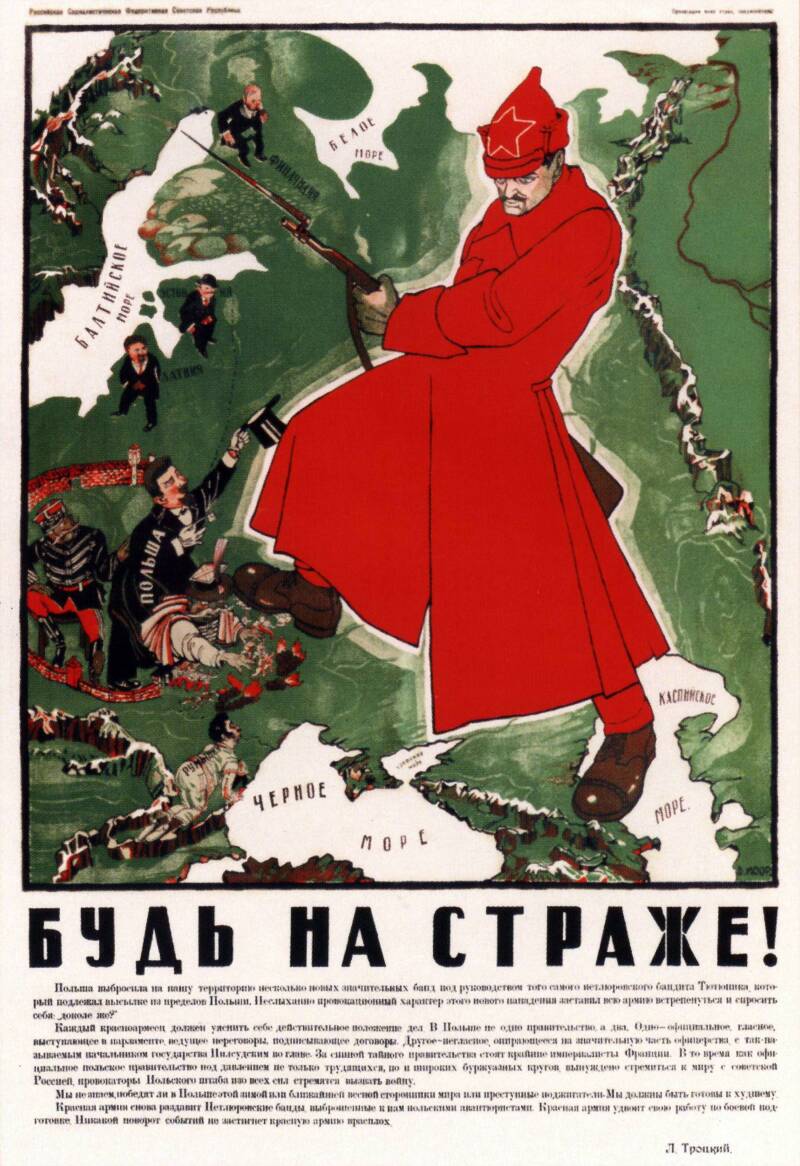
Propagnda poster 'Be on Guard! ' by Dmitry Moor, depicting Leon Trotsky, with text beneath by Trotsky. Published in 1920 during the Polish-Soviet War.
Soviet prisoners being escorted back to the Polish line during the Polish-Soviet Civil War. Note two French Army officers in the background. The Polish-Soviet Civil War (1919-1921) arose from territorial disputes and ideological differences. Poland fought against Soviet Russia, seeking to defend its newly regained independence and expand its borders. The conflict saw fierce battles, foreign intervention, and ultimately ended with Poland securing its sovereignty and influencing Eastern European geopolitics.
THE POLISH-SOVIET WAR, 1919-1921 | Imperial War Museums (iwm.org.uk)

March 1st Movement, 1st March 1919
The March 1st Movement, a pivotal series of protests against Japanese colonial rule, began on the 1st March 1919, with the reading of the Korean Declaration of Independence in Tapgol Park, Seoul. It quickly spread, with over 2,000 protests and millions of participants.
Despite their peaceful nature, the protests faced violent suppression, resulting in thousands of deaths and arrests.
A copy of the Korean Declaration of Independence.
...the movement revitalized the Korean independence movement...
Japanese authorities attempted to distort the narrative, denying the protests or labeling them as Bolshevik uprisings. Despite not immediately achieving liberation, the movement revitalized the Korean independence movement and led to the establishment of the Korean Provisional Government. It also influenced cultural policies and inspired similar movements globally, such as the Chinese May
Fourth Movement and Indian satyagraha protests. Celebrated annually since 1919, it holds national significance in South Korea, while its recognition varies in North Korea
Creation of the Hungarian Soviet Republic, 21st March – 1st August 1919
The Socialist Federative Republic of Councils in Hungary, often referred to as the Hungarian Soviet Republic due to early mistranslations, emerged briefly from the 21st March 1919, to the 1st August 1919, succeeding the First Hungarian Republic.
Despite its communist ideology, this state controlled only around 23% of Hungary's historic territory upon its establishment. Sándor Garbai served as the head of government, but the influence of Béla Kun, the foreign minister from the Party of Communists in Hungary, overshadowed him.
Béla Kun, the de facto leader of the Hungarian Soviet Republic.
Hindered by an economic blockade imposed by the Triple Entente, territorial disputes with neighboring countries, and internal social upheavals, the Soviet Republic faltered in achieving its objectives and was dissolved within a few months. Béla Kun emerged as its prominent figure, despite the initial dominance of radical Social Democrats within the new government.
The system centralized power in governing councils, purportedly acting on behalf of the working class
...rallying disaffected veterans, nationalists, and disillusioned workers...
Birth of Fascist Italy, 23rd March 1919
Ominously. the formation of the Fasci Italiani di Combattimento, or Italian Combat Fasci, would serve as a crucial precursor to the eventual establishment of the National Fascist Party in Italy.
Founded by Benito Mussolini in Milan on 23rd March 1919, the Fasci aimed to capitalize on the disillusionment and social unrest prevalent in post-First World War Italy.
Mussolini, a former socialist, emerged as a charismatic leader, rallying disaffected veterans, nationalists, and disillusioned workers around a platform of nationalism, anti-communism, and anti-liberalism.
Benito Mussolini (centre) founded the Fasci Italiani di Combattimento in 1919, promoting nationalistic and authoritarian principles. It aimed to restore Italy's glory through aggressive expansionism and the suppression of socialism. Mussolini's leadership eventually led to the establishment of the Fascist regime, marking a significant chapter in Italian history.
...capitalizing on public dissatisfaction...
The Fasci advocated for the creation of a strong centralized state, the restoration of national pride, and the suppression of leftist movements through force if necessary.
Despite its modest beginnings, the Fasci rapidly gained popularity, capitalizing on public dissatisfaction with the ineffectual liberal government and the perceived threat of socialist revolution.

The Pinsk Massacre, 5th April 1919
The Pinsk massacre, occurring on the 5th April 5, 1919, marked the tragic mass execution of thirty-five Jewish residents by the Polish Army.
Prompted by alleged warnings of a potential Bolshevik uprising from two Jewish soldiers, the Polish commander sought to instill fear among the Jewish population. This atrocity unfolded amidst the early stages of the Polish–Soviet War, following the Polish Army's capture of Pinsk.
A street in Pinsk, photographed in the years preceding the outbreak of the Second World War.
The victims, who had convened in a Zionist center to discuss the allocation of American relief aid, were labeled participants in an "illegal gathering" by the Polish authorities. Acting on hearsay and without trial, the Polish officer-in-charge ordered their summary execution.
Although defended by high-ranking Polish military officials, this decision faced severe criticism from international public opinion, highlighting the brutality and injustice of the massacre.
Founding of the Bavarian Soviet Republic, 6th - 7th April 1919
The Bavarian Soviet Republic, alternatively known as the Munich Soviet Republic in English, emerged as a short-lived socialist entity amidst the tumult of the German Revolution of 1918–1919. Taking the form of a workers' council republic, it embodied the aspirations of its proponents for a socialist state in Bavaria.
Established on the 6th & 7th April 1919 following the collapse of Kurt Eisner's government, the republic aimed to reshape the region's political landscape. However, its ambitions were swiftly quashed less than a month later by elements of the German Army and the paramilitary Freikorps. Notably, despite Adolf Hitler's purported support for the Bavarian Soviet Republic, several individuals involved in its overthrow later aligned with the Nazi Party.
The term "Räterepublik" encapsulates its essence, denoting a republic governed by councils or committees, echoing the meaning of the Russian word "soviet.
Death of Emiliano Zapata, 10th April 1919
Emiliano Zapata Salazar, iconic Mexican revolutionary, was assassinated on the 10th April 1919. Zapata, renowned within Mexican history as a revolutionary luminary, emerged as a central protagonist during the tumultuous period of the Mexican Revolution spanning from 1910 to 1920.
Born on August 8, 1879, his name became synonymous with the struggle for social justice and agrarian reform. Hailing from the state of Morelos, Zapata rose to prominence as the preeminent leader of the people's revolution in this region, galvanizing support among the disenfranchised rural population.
His impassioned advocacy for the rights of peasants and indigenous communities reverberated across Mexico, inspiring the formation of the Zapatista movement, which sought to address the entrenched socioeconomic inequalities plaguing the country.
Zapata's legacy endures as an emblem of resistance against oppression and a beacon of hope for marginalized groups striving for empowerment and equitable treatment within society.
Emiliano Zapata in 1914. Emiliano Zapata, Mexican revolutionary leader, championed agrarian reform and social justice during the tumultuous Mexican Revolution.
The Amritsar Massacre, 13th April 1919
The Jallianwala Bagh massacre, also referred to as the Amritsar massacre, unfolded on 13th April 1919, in British India's Punjab region.
During the Baishakhi fair, a peaceful assembly convened at Jallianwala Bagh in Amritsar, protesting against the oppressive Rowlatt Act and the incarceration of pro-independence activists Saifuddin Kitchlew and Satyapal. Acting on orders, Brigadier General R. E. H. Dyer encircled the crowd with Gurkha and Sikh infantry regiments, sealing off the only exit and trapping the demonstrators. Ignoring pleas for mercy,
Dyer commanded his troops to open fire, unleashing a barrage of bullets upon the unarmed civilians, who attempted to escape in vain. The indiscriminate shooting continued until ammunition ran dry. Casualty estimates vary, with fatalities ranging from 379 to over 1,500, while more than 1,200 sustained injuries, including 192 severe cases.
Despite widespread condemnation, Britain has yet to formally apologize for the massacre, although expressing "deep regret" in 2019.

The Third Anglo-Afghan War breaks out, 6th May 1919
The Third Anglo-Afghan War erupted on 6th May 1919, when the Emirate of Afghanistan launched an invasion into British India, culminating in an armistice on August 8, 1919.
This conflict marked a pivotal moment in Afghan-British relations, with the subsequent signing of the Anglo-Afghan Treaty of 1919. Under this treaty, Afghanistan secured control over its foreign affairs, marking a significant step towards national sovereignty. Moreover, the agreement saw the formal recognition of the Durand Line as the official border delineation between Afghanistan and British India.
The Treaty of Rawalpindi, signed on August 8, 1919, formalized these arrangements, cementing a temporary cessation of hostilities and outlining terms for future diplomatic relations between the two nations. This treaty not only delineated geopolitical boundaries but also symbolized a shifting power dynamic in the region, as Afghanistan asserted its autonomy and navigated its role in the broader geopolitical landscape of South Asia.
Greek landings at Smyrna, 15th May 1919
The Greek landing at Smyrna, also known as the Occupation of İzmir, unfolded as a strategic military maneuver initiated by Greek forces on the 15th May 1919. This operation, sanctioned and overseen by the Allied powers, marked a pivotal moment in the complex geopolitical landscape of the post-First World War.
With the backing of the Allies, Greek troops landed in Smyrna and its environs, facilitated by the coordinated efforts of Allied forces, which directed their resources towards securing key locations and deploying warships to the Smyrna harbor.
However, the landing quickly escalated into a violent confrontation when a shot was fired on the Greek 1/38 Evzone Regiment, triggering significant unrest involving both Greek troops and citizens of Smyrna. This event catalyzed the onset of the three-year-long Greek Occupation of Smyrna and served as a potent catalyst for the Greco-Turkish War (1919–1922), a protracted and bloody conflict that profoundly reshaped the political and social landscape of the region.
Mustafa Kemal (Pictured right), later known as Atatürk, led Turkey's War of Independence (1919-1923) against occupying Allied forces and Greek expansionism. Utilizing innovative strategies and rallying Turkish nationalists, he established a new republic, modernized the nation, and abolished the Ottoman monarchy, shaping Turkey's future as a secular democratic state.
Start of the Turkish War of Independence, 19th May 1919
The Greco-Turkish War of 1919-1922 and the Turkish War of Independence of 1919-1922 are interconnected conflicts that unfolded within the broader context of the collapse of the Ottoman Empire and the subsequent reshaping of the region.
The Turkish War of Independence, which broke out on the 19th May 1919, and led by Mustafa Kemal Atatürk and the Turkish National Movement, sought to repel foreign occupation forces and assert Turkish sovereignty over Anatolia and Thrace.
The aftermath of the Greco-Turkish war. The Greco-Turkish War of 1919-1922 and the Turkish War of Independence of 1919-1922 were linked conflicts within the broader context of the collapse of the Ottoman Empire.
Frédéric Gadmer
...the beginning of a new era...
As part of this struggle, the Greco-Turkish War emerged when Greece sought to expand its territory into Anatolia, which was inhabited by a significant Turkish population.
Consequently, the Greco-Turkish War became a crucial theater within the larger Turkish War of Independence, as it posed a significant threat to the nascent Turkish state.
The successful defense against Greek advances played a pivotal role in solidifying Turkish resolve and ultimately securing independence, leading to the establishment of the Republic of Turkey on the 29th October 1923.
Thus, the link between these two conflicts lies in their shared goal of determining the future of Anatolia and shaping the trajectory of Turkish nationhood and statehood.
Atatürk's visionary reforms transformed Turkey into a secular, modern nation-state, marking the end of centuries-old imperial rule and the beginning of a new era of Turkish sovereignty and independence.
The Turkish War of Independence is celebrated as a defining moment in Turkish history, symbolizing the triumph of national will and resilience against formidable odds.
Propaganda poster of the Turkish National Movement. The Turkish National Movement, spurred by the collapse of the Ottoman Empire after the First World War, led the Turkish War of Independence, employing both political and military strategies to establish the modern Republic of Turkey.
Halâskârân-ı İslâm afiş - Turkish War of Independence - Wikipedia
Belgium grabs German East Africa, 30th May 1919
On the 30th May 1919, Belgium's territorial influence expanded significantly through an agreement with the United Kingdom, later ratified by the League of Nations.
This agreement conferred upon Belgium the mandate to govern a portion of German East Africa, specifically the territories of Ruanda and Urundi, collectively known as Ruanda-Urundi. Under this mandate,
Belgium assumed administrative control over these regions, tasked with overseeing their development and governance.
The mandate system, established by the League of Nations as a mechanism for managing former colonial territories in the aftermath of the First World War, aimed to ensure stability and facilitate the transition to self-governance.
However, the implementation of these mandates often entailed complex challenges, including tensions between colonial powers and indigenous populations, as well as issues related to economic exploitation and cultural assimilation. Belgium's administration of Ruanda-Urundi would leave a lasting impact on the region, shaping its trajectory and influencing its political, social, and economic development in the decades to come.
German East African rupie provisional banknote issued in Dar es Salaam in 1915–17 Currency had to be printed locally due to a significant lack of provisions resulting from the ongoing naval blockade.
Map Of German East Africa, from The Illustrated War News Published 1915. After the First World War German East Africa was partitioned among Allied powers. Tanganyika came under British control, while Rwanda and Burundi were placed under Belgian mandate, reshaping the region's geopolitical landscape.
Map Of German East Africa, Showing Drawing by Vintage Design Pics - Pixels

Tragedy at Sette Giugno, 7th June 1919
On the 7th June 1919, Malta witnessed a pivotal moment in its history with the events that unfolded on Sette Giugno, or the Seventh of June.
This date marked a turning point in the island's struggle for self-determination and freedom from colonial rule. In response to mounting grievances and frustrations with British administration, the Maltese population erupted into protests and riots.
The British authorities, confronted with the unrest, responded with force, leading to a tragic loss of life as four individuals were fatally shot by British troops.
Sette Giugno not only galvanized a unified resistance against British rule but also underscored the deep-rooted desire of the Maltese people for independence and sovereignty.
This significant event serves as a poignant reminder of Malta's enduring quest for autonomy and remains commemorated annually as a national holiday, symbolizing the resilience and determination of its people in the face of adversity.
Scuttling of the German fleet at Scapa Flow, 21st June 1919
Shortly after the conclusion of the First World War, a dramatic event unfolded at Scapa Flow, a British Royal Navy base nestled in the Orkney Islands of Scotland.
The Imperial German Navy's High Seas Fleet, interned at Scapa Flow under the terms of the Armistice while negotiations regarding the fate of the ships were underway, was scuttled by its sailors.
The decision to scuttle the fleet was driven by fears that the British might unilaterally seize the ships or that the German government might reject the Treaty of Versailles and reignite hostilities, potentially deploying the vessels against Germany.
The SMS Derfflinger sinks at Scapa Flow after being scuttled by her crew. 21 June 1919. The scuttling of the German fleet, orchestrated by Admiral von Reuter to prevent British seizure and treaty violations, symbolized the post-First World War disarmament challenges and international tensions.
Led by Admiral Ludwig von Reuter, the scuttling took place on the 21st June 1919, with 52 of the 74 interned vessels succumbing to the depths. Although British guard ships managed to beach some of the ships, many sank irretrievably.
Over the subsequent two decades, efforts were made to salvage the wrecks, with several vessels towed away for scrapping. Today, the remaining wrecks serve as popular diving sites and are revered as a source of low-background steel.
This event, while localized in its occurrence, holds global significance as a poignant symbol of the post-war disarmament efforts and the profound consequences of the Treaty of Versailles on international maritime affairs.
The Treaty of Versailles is signed marking the official end of the First World War, 28th June 1919
On the 28th June 1919, history turned a page with the signing of the Treaty of Versailles, a monumental event that officially marked the end of the First World War.
Signed at the Palace of Versailles in France, this treaty not only brought an end to the devastating conflict that had engulfed the world but also laid the groundwork for the subsequent reconstruction of Europe and the establishment of a new international order.
The treaty, negotiated among the Allied powers and Germany, imposed severe penalties and territorial adjustments on the defeated Central Powers, particularly Germany. It aimed to redress the grievances of the victors, holding Germany accountable for the war's outbreak and resulting damages. However, the treaty's punitive terms, including substantial reparations payments and territorial losses, fueled resentment and sowed the seeds of future conflict.
The signing of the Treaty of Versailles thus stands as a pivotal moment in modern history, shaping the course of the 20th century and setting the stage for the complexities and challenges that would define the post-war era.
...the uprising successfully liberated much of the territory...
The end of the Greater Poland Uprising, 28th June 1919
The Greater Poland Uprising of December 1918 - 28th June 1919 marked a pivotal moment in Poland's struggle for independence from foreign rule. With widespread support from the local population, Polish insurgents fought against German forces occupying the region of Greater Poland.
The uprising successfully liberated much of the territory and laid the groundwork for the establishment of an independent Polish state.
Polish Officers during the Greater Poland Uprising, 1919. The Greater Poland Uprising of 1918-1919 was a significant armed conflict in Poland, aiming to regain Polish territories from German rule after the First World War, contributing to Poland's independence.
Greater Polish uprising officers : r/uniformporn (reddit.com)
However, the conflict did not achieve all of its objectives, and the final resolution came through diplomatic negotiations rather than outright military victory.
The uprising had a significant effect on the decisions in Versailles that granted Poland not only the area won by the insurrectionists but also major cities with a significant German population like Bydgoszcz (Bromberg), Leszno (Lissa) and Rawicz (Rawitsch), as well as the lands of the Polish Corridor, which were also part of the Polish–Lithuanian Commonwealth before the First Partition of Poland in 1772 and connected Poland to the Baltic Sea.
The signing of the Treaty of Versailles in June 1919 formally recognized the end of the uprising and confirmed the return of Greater Poland to Polish control, providing a significant boost to Polish aspirations for statehood.

Poland by 1920. New territories gained, including a narrow 'corridor' to the Baltic Sea. This 'Polish Corridor' would become a key target for Adolf Hitler in the build up to the Second World War.
Start of the Chicago Race Riots
The Chicago race riot of 1919 stands as a dark chapter in American history, marking a violent clash between white and black communities in the city. Spanning from the 27th July to the 3rd August, this tumultuous period of racial conflict on the South Side of Chicago resulted in the loss of 38 lives, with 23 black and 15 white individuals tragically perishing.
The toll of injuries attributed to the confrontations stood at 537, disproportionately affecting black residents, who also bore the brunt of the economic devastation, with between 1,000 and 2,000 mostly black households losing their homes. This riot, amidst a backdrop of simmering racial tensions and widespread racial discrimination, was emblematic of the broader state of race relations in the United States during the early 20th century.
Occurring during the "Red Summer" of 1919, a period characterized by heightened racial and labor violence across the country, the Chicago race riot was among the most severe incidents of its kind, underscoring the urgent need for social and racial justice reform.
White men and boys standing in front of a vandalized house during the Chicago Race Riots of 1919. The riots were fueled by racial tensions and economic disparities, exacerbated by a history of segregation and discrimination.


The Silesian Uprising: A bilingual Polish propaganda poster: Vote for Poland and you will be free.
The start of the Silesian Uprisings
The Silesian Uprisings comprised three distinct revolts spanning from the 16th August 1919 to July 1921 in Upper Silesia, then under the jurisdiction of the Weimar Republic.
Polish and Polish-Silesian insurgents, advocating for the region's integration into the newly established Polish Republic, clashed with German law enforcement and paramilitary units determined to maintain it within the nascent German state post-First World War
Ultimately, the territory was partitioned between Poland and Germany. These uprisings remain commemorated in contemporary Poland as emblematic of Polish nationalistic aspirations.
Freidrich Ebert; The first president of the Weimar Republic
On the 21st August 1919, Friedrich Ebert ascended to the position of the first President of Germany, marking a pivotal moment in the country's history under the newly established Weimar Constitution. Ebert's presidency symbolized the transition from the tumultuous aftermath of World War I to the fragile beginnings of the Weimar Republic.
As the head of state, Ebert faced immense challenges, including political instability, economic turmoil, and social unrest. Despite these obstacles, he navigated the nascent republic through its formative years, striving to foster stability and unity amidst a fractured political landscape.
Ebert's presidency laid the groundwork for the Weimar Republic's democratic experiment, shaping its trajectory and setting the stage for the complex political dynamics that would define interwar Germany.

